When was the last time you held a printed photograph? Or peered at the inverted light and colors of a negative?
Long before digital cameras appeared, Yosemite photographers deftly wielded film (and before that, glass plates) to capture scenery, events and everyday life in the park. Today, their images can help us connect with and learn from the past. But while digital images are generally safe from the effects of aging and the elements (barring mishaps involving phones, water and non-backed-up photos — yes, we’ve been there), many of Yosemite’s archived photographs are starting to deteriorate. Now, the park is racing to preserve the images before they’re gone.
Our donors have supported numerous efforts to preserve and improve accessibility to Yosemite’s vast collections (including through exhibits such as “Why Yosemite Collects,” which celebrated the Yosemite Museum’s 90th anniversary). In 2018, they funded a project to digitize thousands of images from the Yosemite Research Library’s historic photo collection, which covers the early- and mid-1900s.
In March 2018, a group of Student Conservation Association interns arrived in Yosemite to dive into the fastidious, fascinating work of sorting, scanning and sharing decades-old photos. We checked in with the interns to see what they were learning, what it’s like to spend time in the archives of our third national park, and why their work matters.
CHELSEA BRIGHT, 24
Hometown: Mesa, Arizona
School: Tufts University
Favorite Yosemite trail: Valley Loop Trail
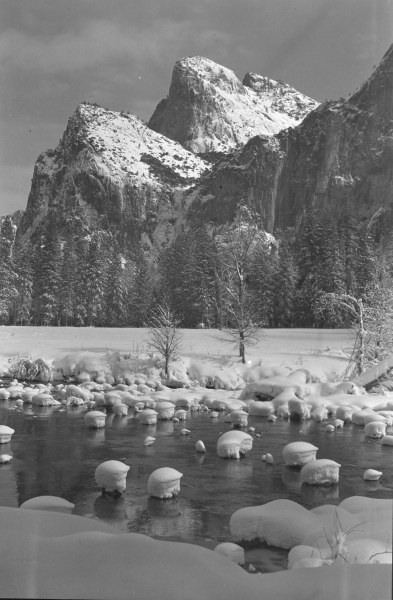 What drew you to this internship? The history. I have a background in archaeology, so I like to physically handle material culture and figure out the context around it. I would like to work in museums, so was attracted to the idea of improving accessibility to the resources in the archives.
What drew you to this internship? The history. I have a background in archaeology, so I like to physically handle material culture and figure out the context around it. I would like to work in museums, so was attracted to the idea of improving accessibility to the resources in the archives.
Archival work and curatorial work are closely related, so I wanted to be able to learn as much as possible about how to handle and care for something as fragile as paper. Also, I’m used to Classical history, so I wanted to see how one attempts to reconcile the history of a modern place from many perspectives.
Describe an average day in the archives. Usually our group is split in two: One half stays in the Archives office (in El Portal) to research copyrights or scan images, and the other goes to another building to process archival files, reconcile photos to their corresponding card for later research, or work on additional scanning. Beyond that day-to-day work, we are free to sit on presentations and branch meetings, and occasionally one of us will head off to work on a side project, such as preparing maps for storage.
What’s on your Yosemite bucket list? Hiking to Vernal Fall and Nevada Fall. Other than that, since this is my first time in Yosemite, I’m still drinking everything in.
KAT CONNELLY, 23
Hometown: Bloomfield, CT
School: University of Connecticut
Favorite Yosemite feature: Sierra Point
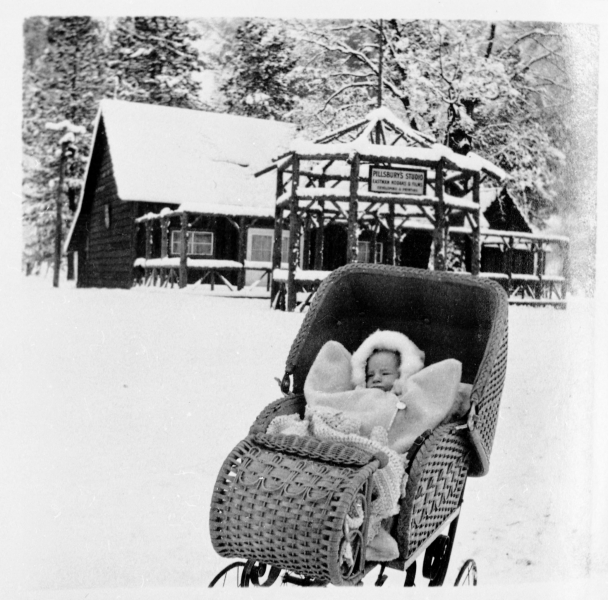 What are you hoping to get out of this experience? As a analog photography and national park enthusiast, I see this as a great opportunity to bring together my interests and gain hands-on experience working in the archives. I’m hoping to take away a new set of skills, and an appreciation for the preservation of Yosemite National Park’s natural and cultural history.
What are you hoping to get out of this experience? As a analog photography and national park enthusiast, I see this as a great opportunity to bring together my interests and gain hands-on experience working in the archives. I’m hoping to take away a new set of skills, and an appreciation for the preservation of Yosemite National Park’s natural and cultural history.
What have you learned about the park so far? This project allows me to view the park’s history through a series of moments, through photographs of buildings, individuals, events, and more. It’s a unique way to learn about Yosemite through the lenses of people across nearly a hundred years.
If you could time-travel, what time period would you want to visit in Yosemite? I would go back to the first introduction of photography to Yosemite National Park. I’ve had a chance to see the mammoth plates — usually 18” x 22” glass plate negatives — that photographers such as Carleton Watkins used for their work. I would be amazed to see those early photographers in action, capturing the beauty of the park.
AMY MCKINNEY, 22
Hometown: Johnson City, TN
School: University of South Carolina
Favorite camping food: Cool Mint Chocolate Clif Bars
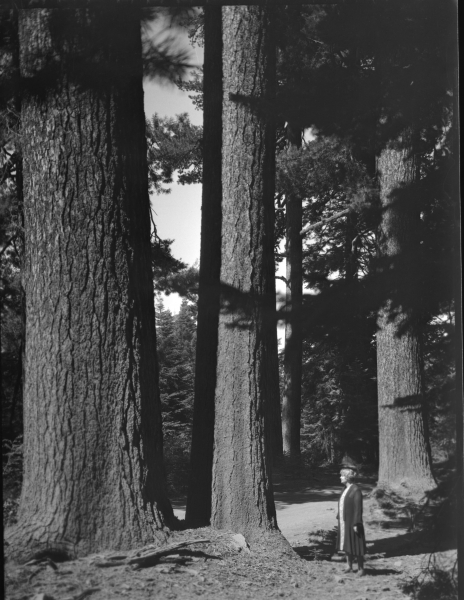 What’s the most interesting image you’ve found so far? The most interesting image I have come across thus far is a photograph of two Howitzer tanks parked in front of Tunnel View during World War II. This image is a powerful representation of the dichotomy between the chaos of wartime and the peacefulness of nature.
What’s the most interesting image you’ve found so far? The most interesting image I have come across thus far is a photograph of two Howitzer tanks parked in front of Tunnel View during World War II. This image is a powerful representation of the dichotomy between the chaos of wartime and the peacefulness of nature.
If you could go on a hike with someone from Yosemite’s past, whom would you choose (and why)? I would love to hike the Four Mile Trail with John Conway, who blazed the original path. The opportunity to discuss how and why the trail was established and talk about the untouched beauty of Yosemite Valley would have a tremendous impact on how I understand the role of the park and ascertain its cultural, historical and natural value.
How has this experience helped you connect with Yosemite? Working in the Archives has allowed me to experience the park through the lenses of numerous individuals from the past. I have seen how the park has both changed and stayed the same in many respects, and have been offered a glimpse into the lives of the people who have visited Yosemite over the past 125 years through the scenes they chose to photograph.
JULIA ANDERSON, 23
Hometown: Fort Worth, TX
School: Stanford University
Favorite nature quote: “In nature, nothing is perfect and everything is perfect. Trees can be contorted, bent in weird ways, and they’re still beautiful.” — Alice Walker
What do you love about Yosemite? I love the steep granite cliffs and waterfalls. Theodore Roosevelt once referred to it as a natural “cathedral,” and I think that’s an apt description for the awe it inspires.
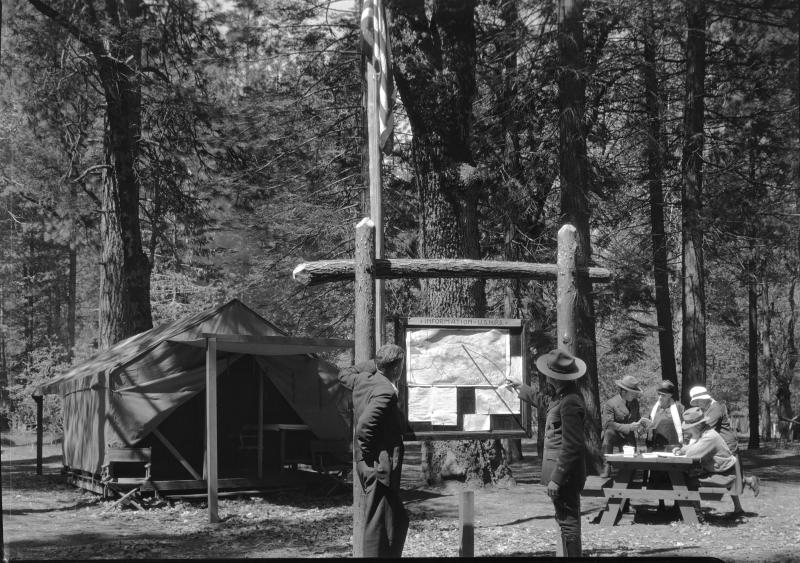 Why is it important to digitize these images? I think the photo digitization is valuable because it increases accessibility to historical resources in a national park that is supposed to belong to everybody. This project is helping people look at and use images from throughout Yosemite’s history, thereby increasing transparency about how the park was used in the past and how it has changed over time. I think it also creates a sense of ownership over Yosemite’s resources for people who may not be able to travel to the park in person.
Why is it important to digitize these images? I think the photo digitization is valuable because it increases accessibility to historical resources in a national park that is supposed to belong to everybody. This project is helping people look at and use images from throughout Yosemite’s history, thereby increasing transparency about how the park was used in the past and how it has changed over time. I think it also creates a sense of ownership over Yosemite’s resources for people who may not be able to travel to the park in person.
What have you learned about Yosemite through this project? I’ve learned so much so far! One of the first things I learned is that it’s really important not to feed the bears. On our first day, we watched a video from around the 1930s that followed two bear cubs and their trials and tribulations on Yosemite’s waterfalls. At the end, it showed a person feeding the bears a sugar cube. But this is actually really bad for them! They will become overweight and seek out human-made food, which makes them bold enough to break into people’s houses and cars, and also negatively affects their ability to find natural food sources.
OLIVIA SWARTHOUT, 18
Hometown: Bozeman, MT
(High) School: John F. Kennedy School of Berlin
Favorite place to feel a connection with the past: The Tuolumne Grove tunnel tree
What has surprised you about this internship? Archives work is much more complex than I imagined. Although many documents and artifacts could be considered “historical,” an archivist must decide whether a collection belongs in their particular archives (or even in any archives), figure out how to organize the materials, and then prepare them to be stored and accessed for future use. Archivists put a lot of effort into maintaining the original intent of a collection by never separating or re-ordering materials — even something as seemingly simple as the order of documents can contain important clues about a collection’s origins and creator.
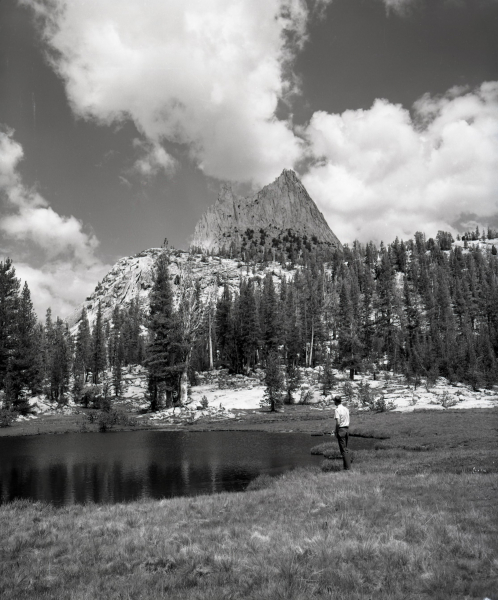 How would you explain your work in the archives to someone with no experience in this field? Currently, the collection is stored as boxes of negatives. The Yosemite Research Library keeps a photo card for each negative with relevant information such as date, photographer and subject, as well as a print of the image. Currently, people can access Yosemite’s collection of 20,000 photos by requesting a specific image, or by visiting the library in person to browse the entire collection.
How would you explain your work in the archives to someone with no experience in this field? Currently, the collection is stored as boxes of negatives. The Yosemite Research Library keeps a photo card for each negative with relevant information such as date, photographer and subject, as well as a print of the image. Currently, people can access Yosemite’s collection of 20,000 photos by requesting a specific image, or by visiting the library in person to browse the entire collection.
Our mission as interns is to scan at least 6,500 of these historic photos and upload them to the internet, making the images accessible to anyone who wants to view and use them. Before uploading each photo, we research its copyright status to ensure that it is legally open to any and all usage by the public.
Many of these images will be shared online with the public. What do you hope people will get out of seeing them? I hope that people will understand that though the park’s standout features, such as Half Dome, the waterfalls and the towering sequoias, will appear much unchanged through the decades, Yosemite — and the way we interact with it — has been continuously developing since humans first set foot here.
As our understanding of Yosemite’s fragile natural resources has grown, so has our ability to preserve the park for ourselves and future generations. Though factors such as climate change may still threaten the park, I hope that the photos we are digitizing will help people realize the strides that have been made to help preserve Yosemite and make visitor experiences more accessible, educational, and sustainable.
Now that you’ve learned a little about the interns and their work, take a few minutes to go behind the archival scenes and see them in action! This short National Park Service video was created to shine some light on the photo digitization project:
As they gained hands-on experience in archivial science, Chelsea, Kat, Amy, Julia and Olivia played an important role in ensuring the long-term survival of scenes and moments from Yosemite’s past.
You can see the images they sorted, scanned and uploaded on the NPGallery website, a digital library of photos, videos, documents and other resources from throughout the National Park System. And in the meantime, we’d love to see your photos of Yosemite, whether they’re decades old or brand-new! Share your shots with us on Facebook, Instagram and Flickr.
Above: A historical image of a bear cub in Yosemite Valley, courtesy of NPS (Yosemite Research Library 018112)

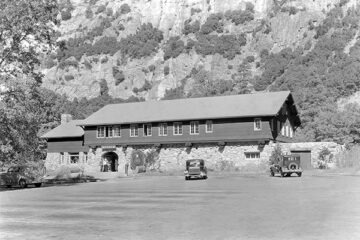
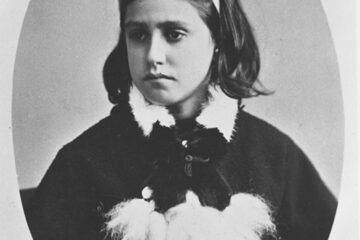
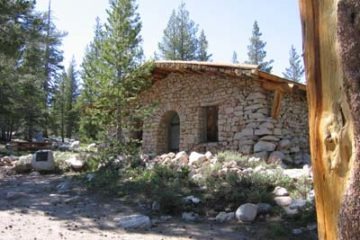
1 thought on “Insights From the Archives”
Comments are closed.